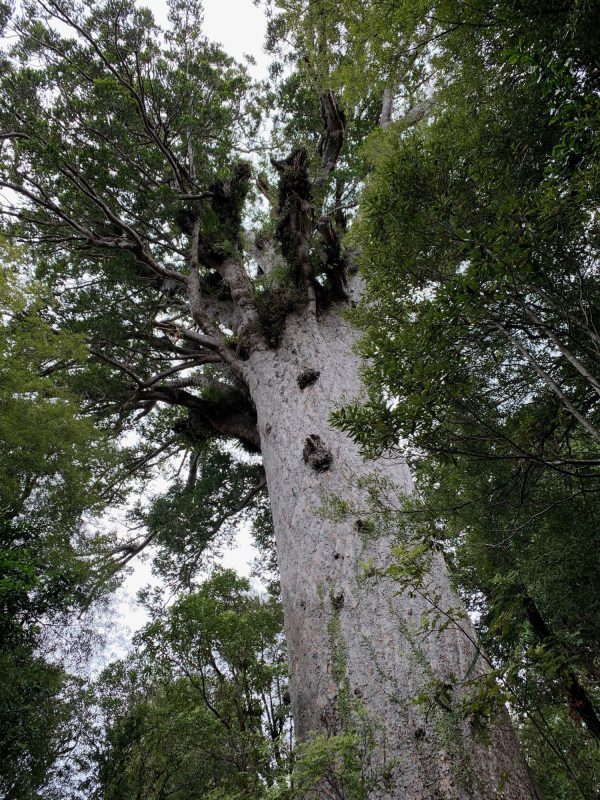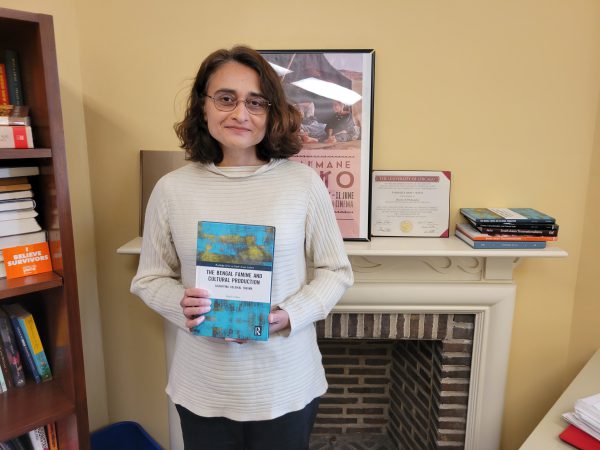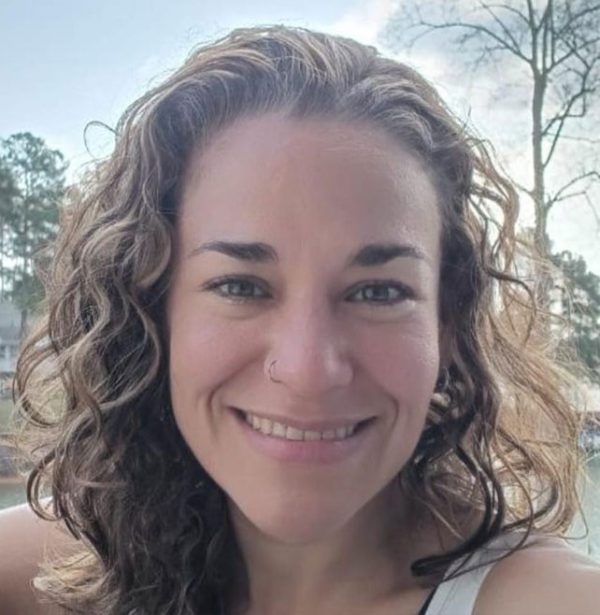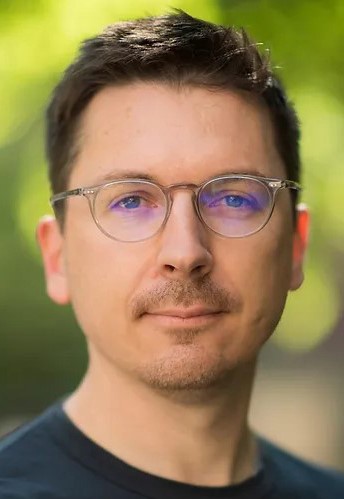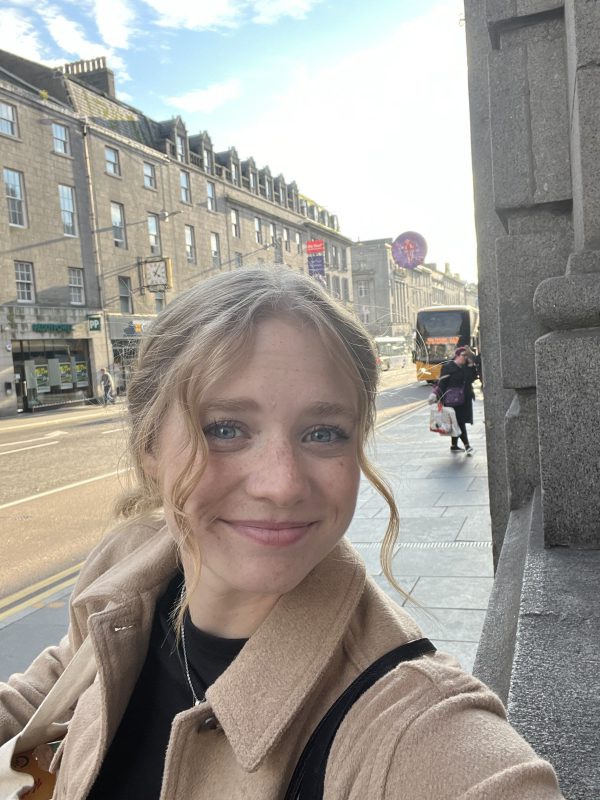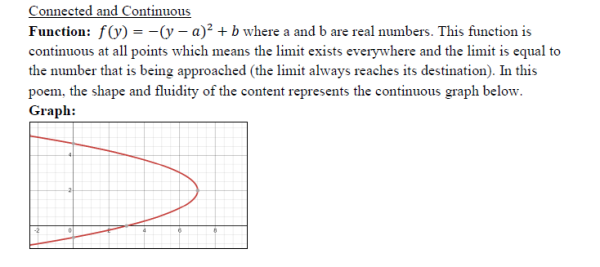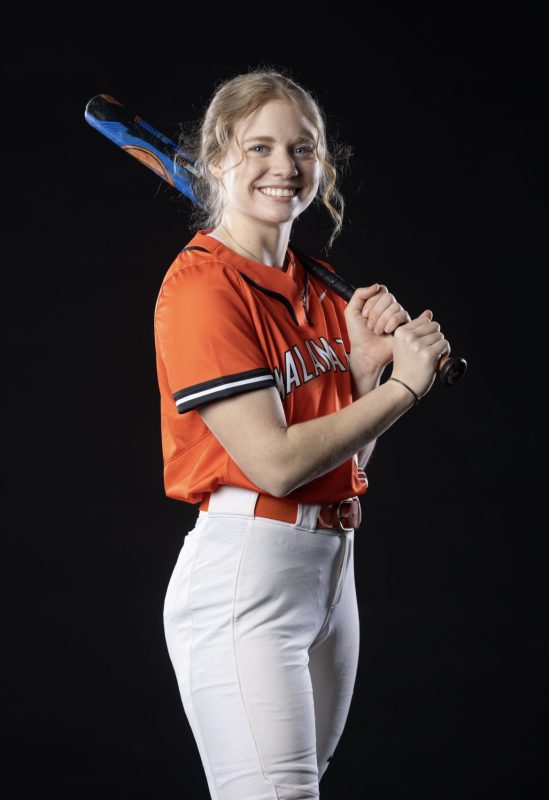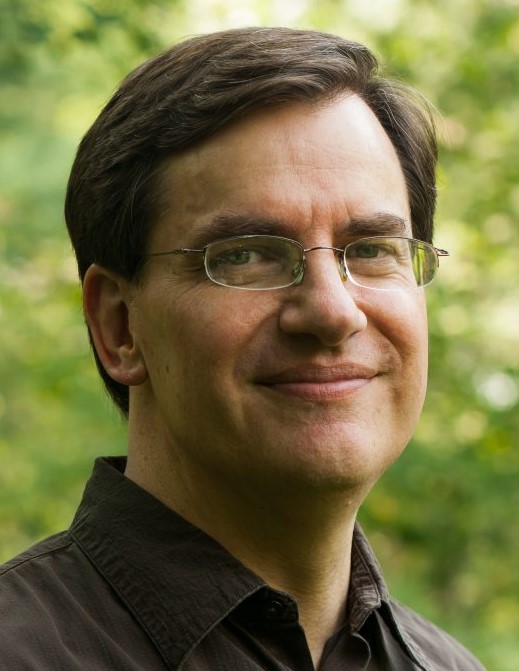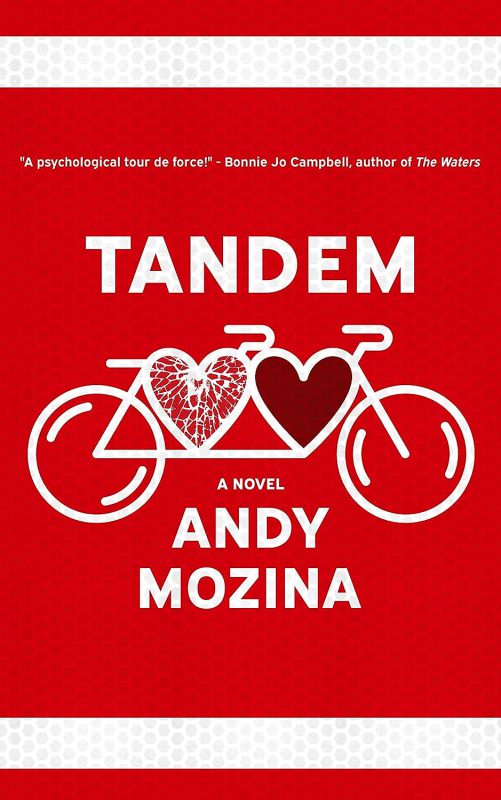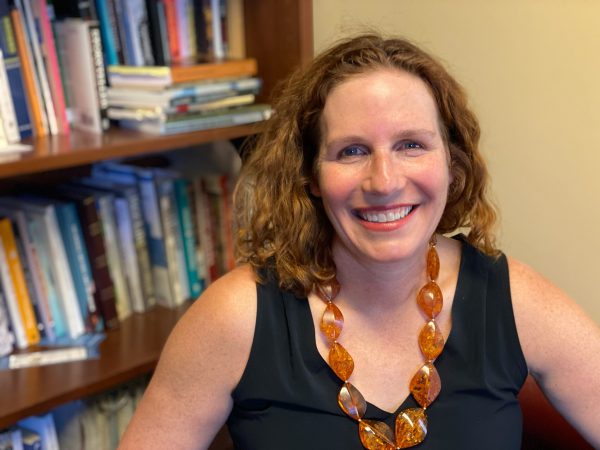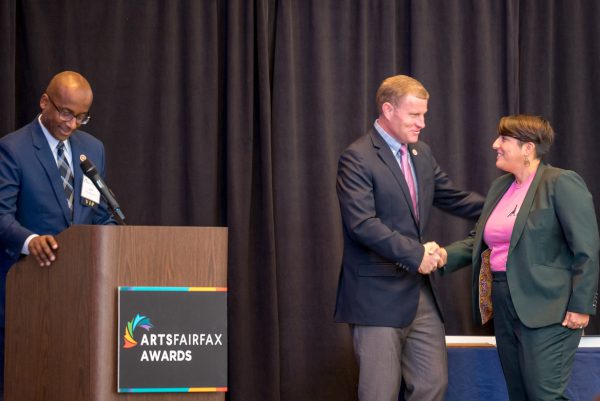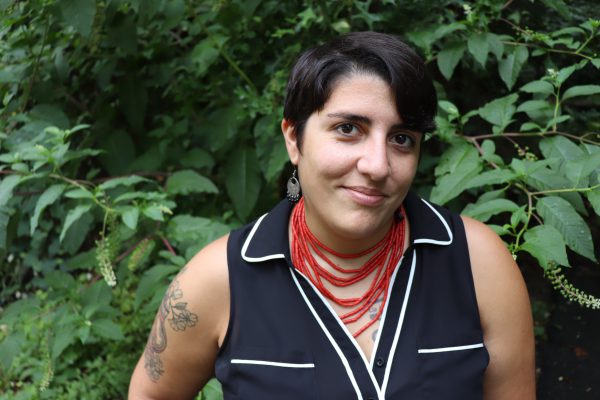National Poetry Month in April encourages a focus on the importance of poets and poetry in society. In recognition of this literary celebration, Kalamazoo College spoke with Zakia Carpenter-Hall ’06 about her roles as poet, teacher and critic, and the way each of those relationships with poetry feeds the others.
One of the earliest memories Zakia Carpenter-Hall ’06 holds of the “musicality of language” that eventually drew her to poetry involves family, cultural heritage and growing up in Pentecostal churches. Her grandfather and uncle both served as pastors.
“There was a musicality and cadence in the way that they presented stories,” Carpenter-Hall said. “I remember being very young and wanting to listen to sermons for those reasons and for the story within a story. I loved that there were layers to the parables they told, and that I could get something out of it, even at an early age. For me, though, that didn’t translate into storytelling; it translated into wanting to write poetry.”
By the age of 13, Carpenter-Hall was writing her own poetry. Yet at 19, she still found it difficult to absorb the words of Diane Seuss ’78, writer in residence and a professor of English at Kalamazoo College at the time. Seuss was the first person to tell Carpenter-Hall she could pursue poetry professionally if she wanted to do so.
“I didn’t personally know anybody who was a Black writer, a Black poet, who was actually doing that as a career,” Carpenter-Hall said. “I didn’t know if it was really possible.”
In fact, Carpenter-Hall left K feeling like she could not continue writing or furthering her education. After a couple years with AmeriCorps, an opportunity arose to move to the United Kingdom, where she initially pursued teaching at the elementary level. When she decided that wasn’t the right fit, her family and friends encouraged her to write. She gave herself a year to pursue it full time, “and then I just never went back. I got other jobs, writing-adjacent jobs, and I just kept going.”
“I had to change my relationship to writing and education. I learned how to have my own connection to writing, research and scholarship outside of an institution and away from the motivators of external gratification and grades. I had to learn how to enjoy writing again, like I did when I was a child.”
With the help of Black poets she met in England who became friends and mentors, Carpenter-Hall forged a new relationship to poetry that opened the door for her to return to school. She earned a Master of Fine Arts with distinction and is a fully funded researcher seeking a Ph.D. She also is writing, teaching and reviewing poetry.
“I really, really like having such a variety of things that I’m doing,” Carpenter-Hall said. “It all feeds into my writing.”
She teaches classes at a variety of places, including for the Poetry School.
“Teaching is like a laboratory of being able to explore whatever I’m thinking about at the time,” she said. “I’ve been able to teach classes on topics like myth, the body in poetry, and composition through a lens of collage. I love seeing how students work and develop over time, and how they interact with different texts. I will think I’m asking them to do one thing, and they will give me something I never would have expected. Students are wonderful in that way; you just cannot pinpoint, when you put an assignment together, how people are going to respond to it. As a teacher, you have to grow and continue to adapt your own perceptions, and I love the challenge in that.”
Her poetry reviews and poems have been published in Poetry Wales, The Poetry Review, Wild Court and Magma, and she has written multiple reviews for Poetry London.
“Reviewing poetry helps me incorporate other techniques and ways of presenting experiences and ideas,” Carpenter-Hall said. “It trickles into my own work, especially the things I find intriguing when I see other people doing them. Thinking about those things critically, and the way I have to read in order to review a collection, helps me to absorb what those different writers are doing, which then ends up coming out in my own idiosyncratic way in my work.”
When writing poems, she gravitates toward prose poems, sequences and long poems (“I like the challenge of holding the reader’s attention and seeing how long I can keep something of interest to me hovering in the air before gravity causes it to hit the ground,” she said).
“I am interested in whatever suits the content of what I’m writing,” Carpenter-Hall said. “I think about how I want the poem to be read, and I never think about form first. I usually write my early drafts in prose, and then I think about form in terms of what the poem wants to be, what the poem is trying to do. Once I have a sense of that, I break the lines and try different things until I hit on something that releases the poem. It’s a marriage of form and content for me.”
Prose poetry balances the lyricism of poetry with hints of the narrative of fiction, Carpenter-Hall said, without the beginning, middle and end readers would expect from a story. “Reading one is the experience of being dropped in the middle of something strange and unexpected.”
Her least favorite part of writing is getting words down on paper—or on the back of an envelope, typed at a computer, entered into a mobile app or whatever happens to be handy. With two young children who are both already interested in writing in their own ways, Carpenter-Hall can’t afford to be picky and will use any available medium.
“Sometimes an idea will be resonant enough to where I need to put it down on paper or I hear lines in my head, but usually I trick myself into writing something by taking a class or agreeing to a deadline that forces me to go through that process,” she said. “Once I feel like I have something here that can be molded, like clay for a sculpture, then that’s the fun part for me. It’s like a puzzle. I get to shape things; I get to move things around; I get to say, ‘Ooh, is this the beginning or is the beginning at the end? What about this line? Can I move this over here? What does that do to the poem?’ I’m looking for that feeling when you put a puzzle together, and it’s like, ‘Ah, it’s complete’—except with poetry, I don’t know what that finished thing is going to look like when I start.”
In addition to many published poems, Carpenter-Hall’s debut poetry collection, Into the Same Sound Twice, was published in April 2023 by Seren Books.
“My poetry is like a universe in the palm of your hand,” Carpenter-Hall said. “It’s vast, in the condensed space of a book, and it’s felt, it’s experienced through the senses. I have to ground the ideas and lived experiences in the physical world, so you have the vastness, but you also have intimacy.”
Key motifs in Carpenter-Hall’s poems include water, hair and gold. Many of her poems explore themes including science, the environment, human relationships and interactions with each other and the natural world, intergenerational familial relationships, motherhood and mothers, music, the speculative and surreal, expansiveness, the universe and space beyond, permeable borders, and visual art.
“What I would like people to know about my poetry is that it is both complex and accessible,” Carpenter-Hall said. “People who may not read poetry regularly might think, ‘Oh, if there’s a poem with a mother, it’s your mother, and if it seems like a story from your life, that’s it.’ I want people to know that, at least for my own poetry, it has a bit of allegory, it has myths embedded in it. I don’t see it as facts we can know; I’m not led by the specifics of what happened on a certain occasion. There’s more of an emotional truth and other meaning I’m trying to uncover. I’m always looking for the layers beneath an experience, for what I don’t understand about this thing that happened. I’m trying to explore the edge of what I know and go beyond that.”



The Pitch
By Zakia Carpenter-Hall ’06
Instead of words, rocaille beads pour from my mouth and all the garments I’ve presented have been held together with a glue gun applied to the seams. Ms. Fashion Exec says, How do you plan to make money?, as the carpet begins to unspool because that too was somehow made by me, flecks of paint peel off the walls and swirl around the room. I am as silent as snowfall, but I show them diamonds made of paper, shoes constructed solely in felt. One interviewer asks whether or not this is a joke. This is not a business, the panel says, as the room fills up with my attempts—like the enchanted broom in Fantasia which kept going back to bring forth buckets of water long past there being a need—drawings I drew, dance choreography. It’s too much, they say, all this longing and striving. A gale comes in of the same force that’s beating against my lungs, as if someone’s opened windows on the 100th floor of a skyscraper, this ledge of fashion, and this gust eats at the panel’s notes. The judges still try to get their questions to me by courier, their clothes billow away from their bodies. What would you do if you had the money?, they ask. I tell them there would be more of me, and I would be gesticulating like a conductor in the centre of it all. Waves of sound and light crash at my feet. Building works commence next door and it sounds as though the workers are trying to break into the room with chisels. The panel take out their Louis Vuitton hard hats and persist, like this is just another wardrobe malfunction. And the room begins to glow white-hot.
Into the Same Sound Twice (Seren, 2023)
Carpenter-Hall’s Work
Visit Zakia Carpenter-Hall’s website for more about her life and work.
Purchase Carpenter-Hall’s first collection of poetry, Into the Same Sound Twice.
This summer, Carpenter-Hall will teach an online course titled Zig Zag Motifs: Lyric Invitation, Immersion and Criticism Masterclass through the Poetry School. Learn more and enroll.
Carpenter-Hall will be one of the contributing editors for the winter 2024 issue of Poetry Wales. To submit work for consideration, watch for the submission window to open here.







